With the development of new knowledge and equipment, it has become possible to expand the scope of induction heating applications and apply them to areas such as in-furnace carburizing and other chemical heat treatments.
Overlay hardening of induction surface
Like excavator plow head, mining bucket and railway parts subjected to severe wear parts, the surface of which are required to have a thick layer of wear and corrosion resistance, overlay hardening of induction surface is one of the effective technologies to solve this problem. This technology has been used in Russia for a long time. For example, it is used to treat the edges of plough blades.
This technology will become more attractive as solid-state power sources, modern control systems and new materials become available. A powder or paste mixture of solder and hard material powder is applied to the surface of the workpiece and heated with a stationary or moving inductor.
The most commonly used inductors are hairpin and vertical ring inductors. The hairpin inductor is equipped with a magnetic conductor made of Ferrotron 559, which improves the coil parameters and helps to distribute the energy in the part in an optimal way. An induction is used to heat the original surface (base) of the part and to melt the overlay material. The hardened layer is well bonded to the base, with a narrow diffusion zone between them.
The commonly used materials for hardening have a melting point 50 to 100F lower than the base, i.e. the base remains solid, but a co-melt pool of both can be formed. As long as there is the correct choice of surfacing materials and operating conditions, surface overlay hardening can make the service life of the parts increased by several times or even 10 times or more.
Induction heat treatment of induction "brush"
Induction heating is also widely used in the coating treatment, such as parts coated before the preheating, galvanized layer, spray or remelting of plasma spray layer.
Induction technology plays an important role in the production of zinc coating or galvanized steel products with a diffusion treatment and is used for strip preheating, remelting, crucible heating, etc. The latest application of induction technology for hot dip galvanizing is the electromagnetic removal of excess zinc or other alloys from the steel surface at the crucible outlet.
The traditional process uses an "air knife", a high-speed air jet, but the disadvantage is that it does not remove all the material to be removed and the surface of the coating is not smooth enough. When induction "brush" is used, the molten metal is transferred and "lifted" by the electrodynamic force generated by the interaction of alternating magnetic fields and the eddy currents in the coating, and this metal "wave" is then removed with an air knife.
Large parts using induction quenching instead of carburizing treatment
For example, a large part requires the surface of the inner hole has a carburizing hardening layer greater than 4mm to ensure that it has sufficient strength and wear resistance. The operation steps of the traditional process are as follows.
(1) Carburizing-proof treatment of non-carburizing parts.
(2) Long time carburizing to obtain a carburizing layer of more than 4mm.
(3) In order to make the complete transformation of the organization, a special quenching process is used to quench in the furnace.
(4) Deep grinding to correct the heat treatment distortion of the part.
The new technology does not require any auxiliary processes, and the required hardness and depth of hardened layer can be obtained after scanning the treatment with a multi-turn inductor and quenching with a water jet ring. The inductor coil is equipped with a profiled magnetic conductor made with FluxtrolA. The process and the coil system are designed using virtual prototyping technology and computer simulation to successfully meet the technical requirements of the part.
The advantages of the new technology are: reduction of distortion of the part, reduction of the amount of machinability, reduction of the heat treatment time, saving of electrical energy and replacement of the carburized steel by a cheaper steel.

 en
en  cn
cn  jp
jp  ko
ko  de
de  es
es  it
it  ru
ru  pt
pt  th
th  vi
vi  pl
pl 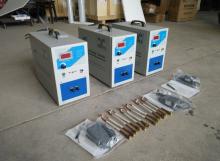
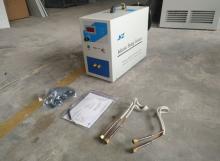
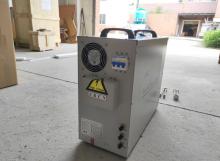
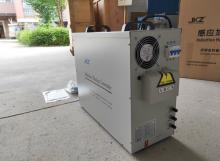
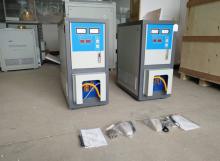
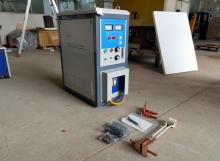
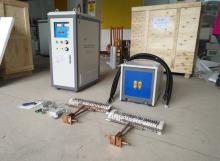
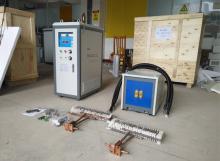
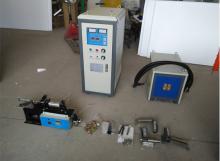
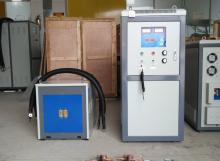
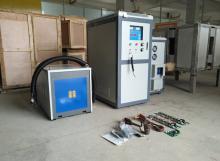
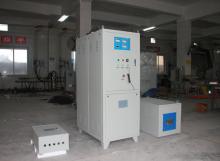
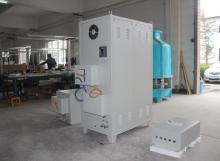
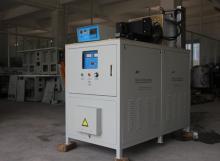
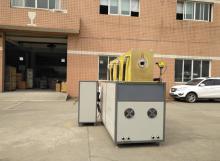
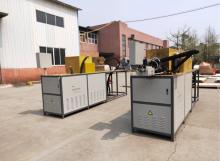
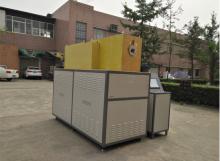
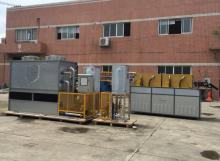
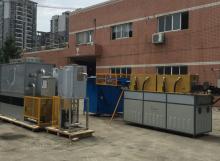
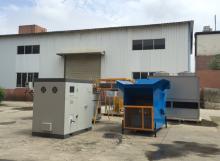
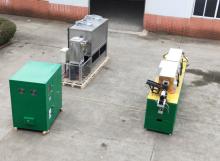
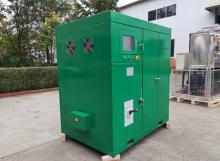
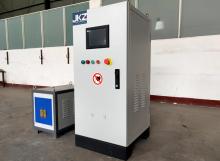
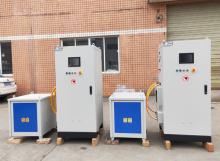
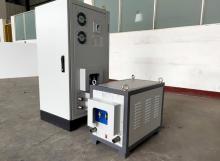
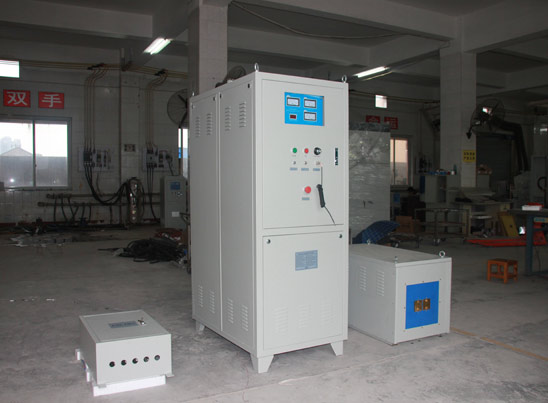
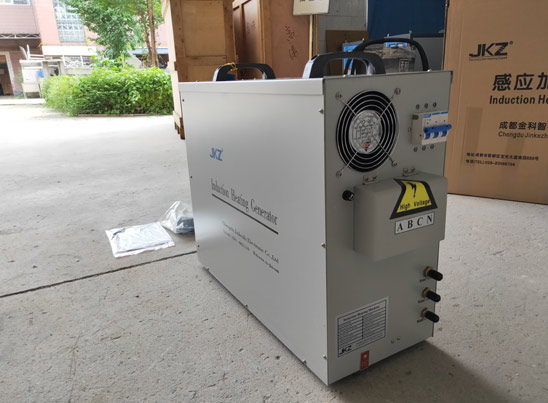
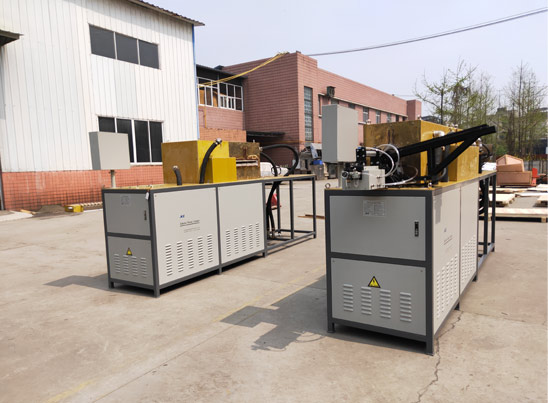


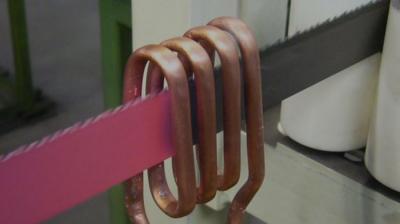



 Call us on:
Call us on:  Email Us:
Email Us:  NO. 688th South Baoguang Road, Xindu District, Chengdu City, Sichuan Province, China
NO. 688th South Baoguang Road, Xindu District, Chengdu City, Sichuan Province, China